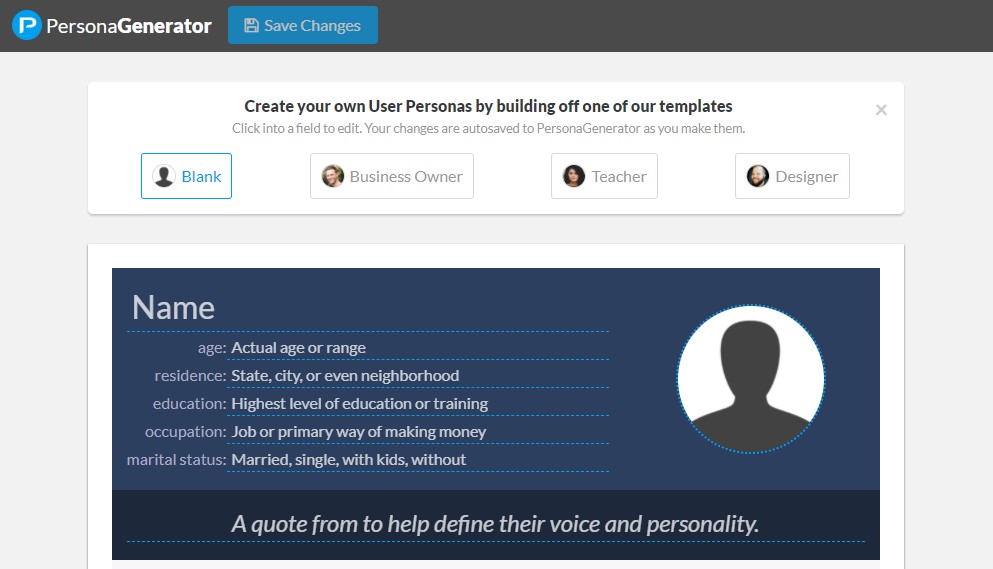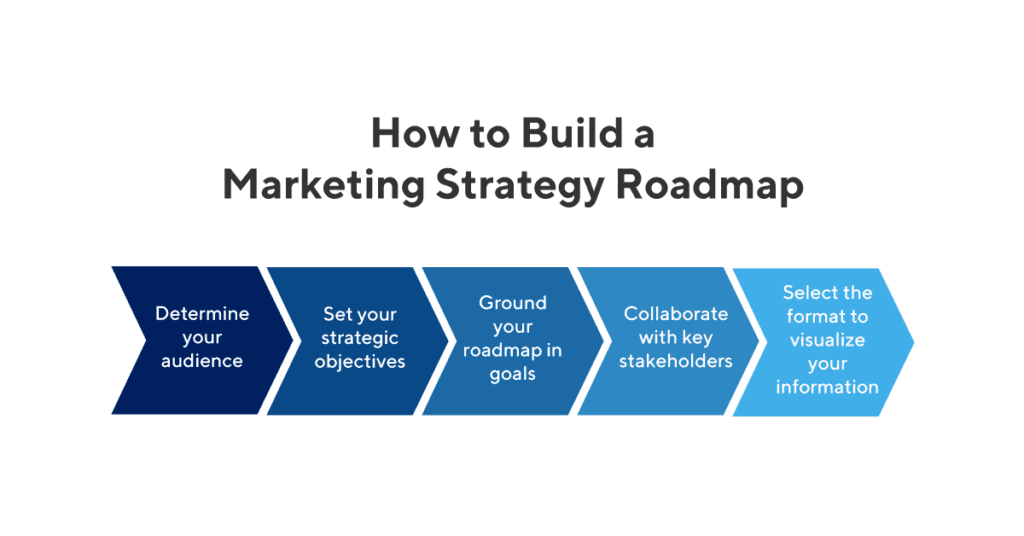Starting a daycare business
- Intermediate
5/5
In this recipe we'll guide you on how to start a daycare business
- Over R25 000
- 160 hours
In this recipe you’ll find all the steps you need to take to create your own business plan. From ingredients to method, we’ve got you covered.
The purpose of a business plan is to help communicate a roadmap to starting your business. It provides important insights into what resources you’ll need, steps to be taken and what gaps exist in the market.
Understanding who will be reading your your business plan will help you craft the right tone. Are you pitching to investors or will you be approaching your bank for funding? Make sure your content speaks to the right audience.
An executive summary opens up your business plan for further expansion. This is best left for last so that you can consolidate key information into one or two paragraphs. Leaving this for last will also help you efficiently manage your time. More importantly, remember to keep it short and to-the-point.
:max_bytes(150000):strip_icc():format(webp)/executive-summary-of-the-business-plan-2948012-v4-5b48e70a46e0fb0037662ae7.png)
Courtesy The Balance Small Business
The next piece of your business plan is a snapshot of the company-
This is a simple section that should contain the company’s details/ summary. The snapshot provides possible investors with an overview of how the company is structured, when it was formed and other important information.
The next step in creating your business plan is analysing the industry you’re in-
First state which industry you operate in.
Research and note the below (make sure your research isn’t older than 1 year)-
Next you’ll include your company’s estimated relevant market size, calculated as follows:
Analyse and make note of who would be interested in your offerings. More importantly, create a buyer persona of your ideal customer (you can use this free tool- https://personagenerator.com)

Identify the following in your customer:
The next step is to find out what your client’s needs are-
This should be a profile of the needs your target customers have. Including things like efficiency, quality, competitive pricing etc. will help you understand how you can best service these needs.
Next up, you’ll need to do a competitor analysis to understand the gaps in the market-
Understanding your business’ placement in the market will help you understand where you can diversify.
Simply put, it’s researching your direct & indirect competitors online to see how their marketing strategies are working. Once you’ve put together your research, you’ll be able to analyse their strengths and weaknesses. You’ll also be able to identify gaps in the market and work on a plan for you to fill them.
Your competitors are also brands that target the same users as you. These brands don’t even need to be selling something similar to you, just that they’re fighting to get the attention of the same demographic you’re targeting. Read more about competitor research resources here.
Here’s a short video from Udacity that will explain the logic behind a competitor analysis-
This can easily be done by researching online. Make a list on your business plan and include:
Now that you have this information it’s time to do something with it.
Make a list of how your business is positioned to out-perform your competitors and include this in your business plan. Detail how your offerings differ from your competitors and how your skill sets enhance your business. Include your list of skill sets with this information in your business plan.
The next step in this business plan recipe is compiling a marketing plan-
This plan must include your offerings, pricing, promotion plans and distribution strategy. Your set-up could look like this:
Detail the tactics you’ll use to attract new customers. Some examples could be:
Here’s an overview from ProductPlan on how to build your marketing strategy roadmap-

Make a short list of how customers can purchase your offerings. This could be via your website, contact details or a brick-and-mortar store.
This should detail the key day-to-day processes that your business performs to serve your customers. Some examples of these processes can be found below-
Now you’ll move on to the financial side of your business plan-
The first section you’ll need to cover is your Revenue assumptions. Before you begin, we suggest taking a look at this video by Young Entrepreneurs Forum:
This list will help when it comes to planning your business finances.
Items to include:
List cost assumptions
This list will help you understand your overheads.
Items to include:
This section is for other financial expenses you expect for the year.
Things to think about:
This can be tricky if you don’t have the right tools to complete this section. We’ve created this accounting template pack to make things easier. Take a look here.
This section will briefly describe how much in funding you’ll need and how you’ll use these funds. An example could read:
“To successfully execute on our business plan, we require [value] in outside funding.
The primary uses of this funding include:
And there you have it- a comprehensive business plan recipe.
We understand that this can be somewhat daunting so we’ve developed this product to assist in your business start-up planning and saving you time.


